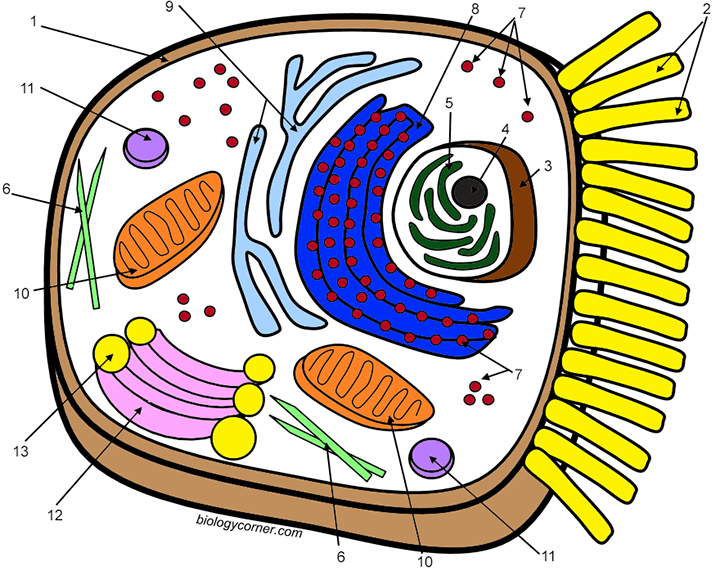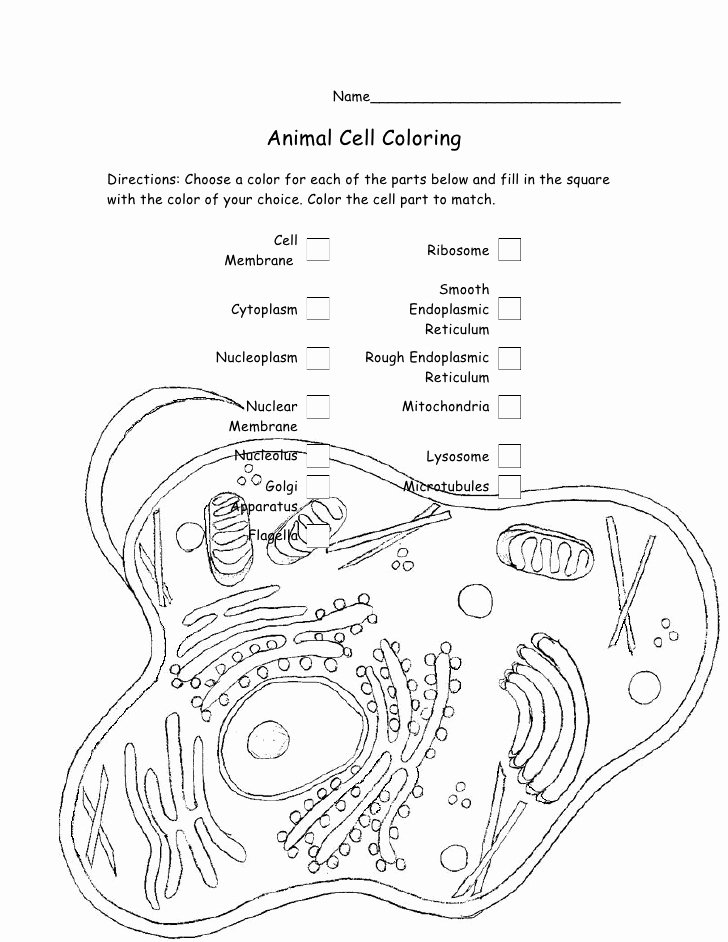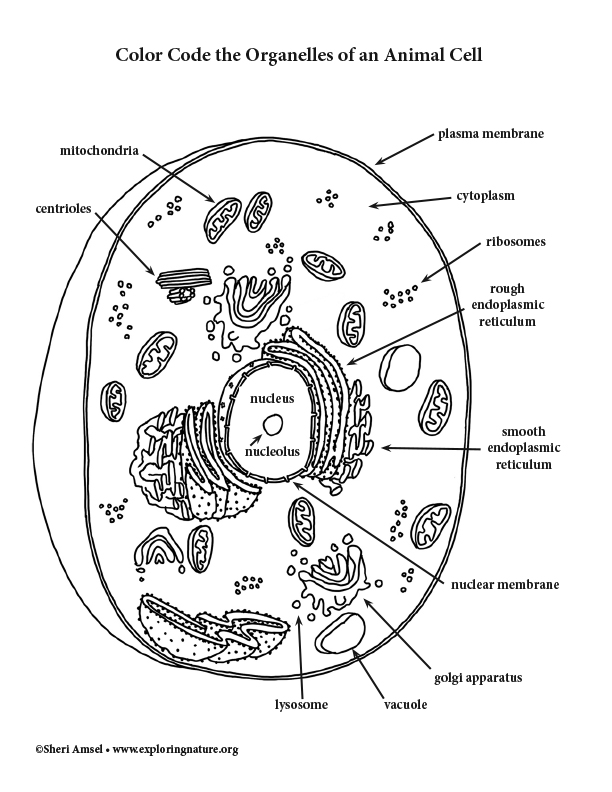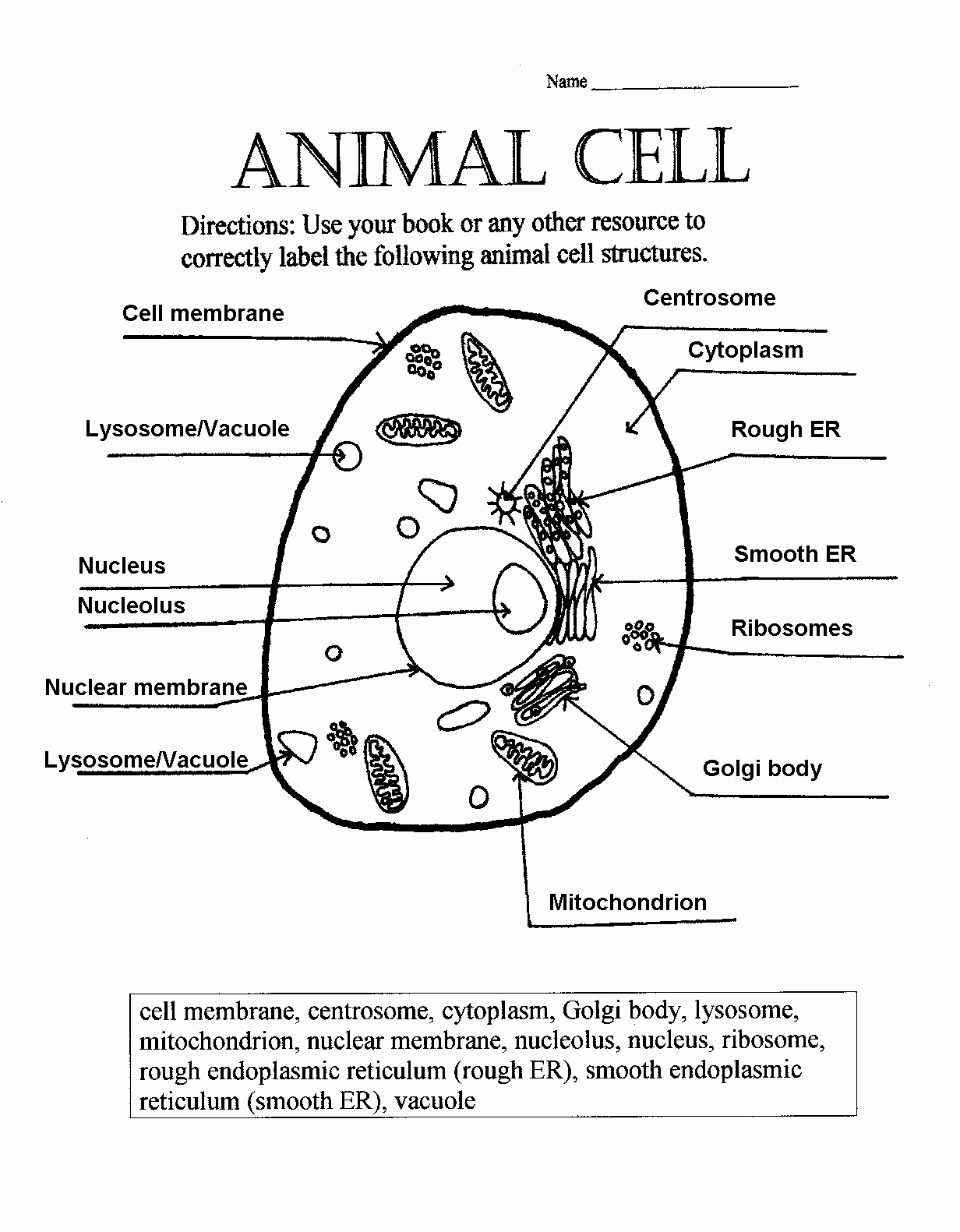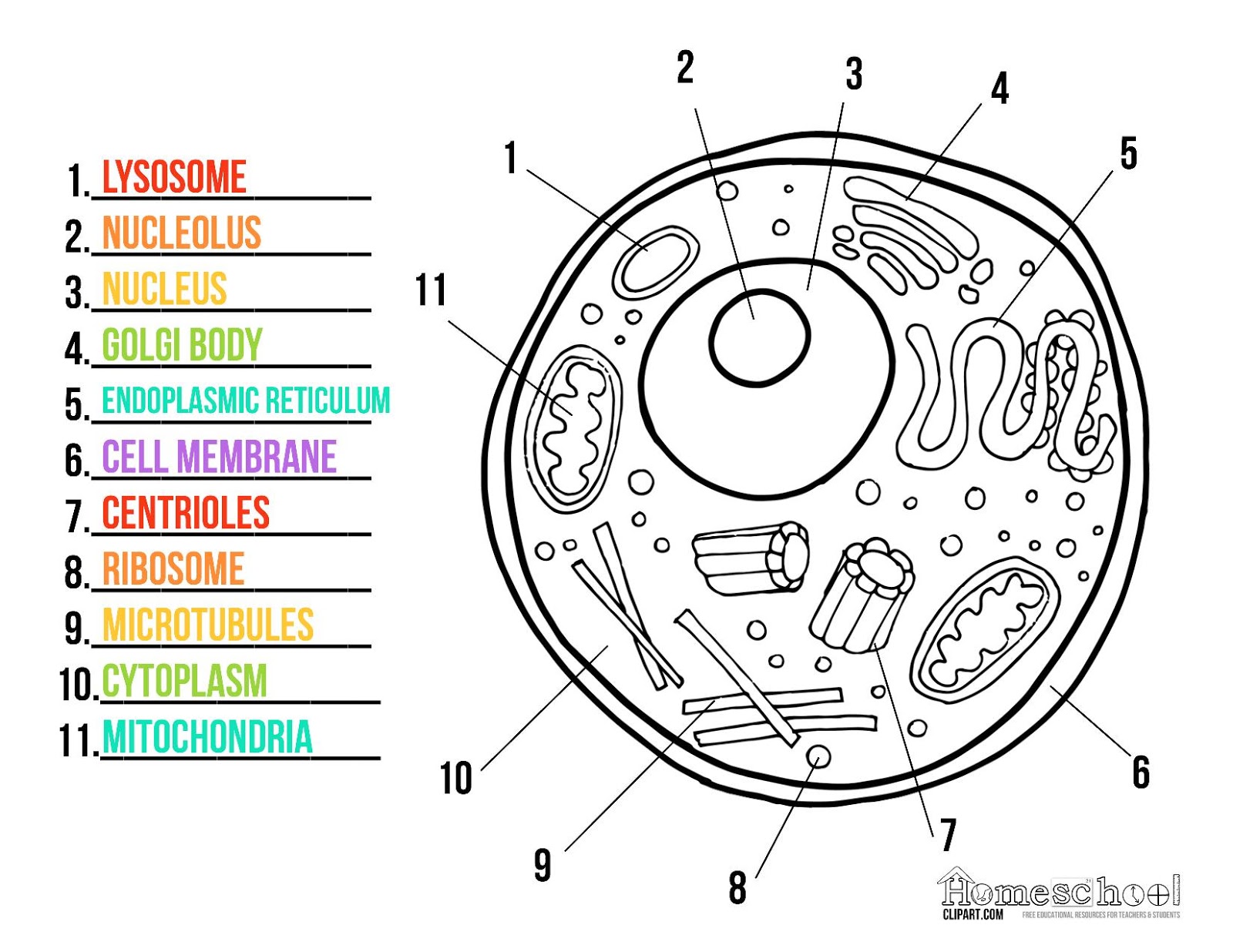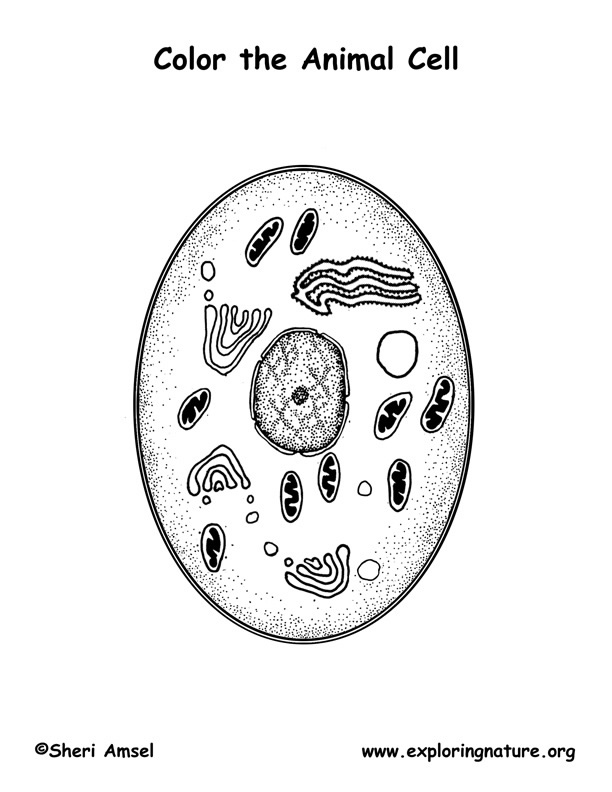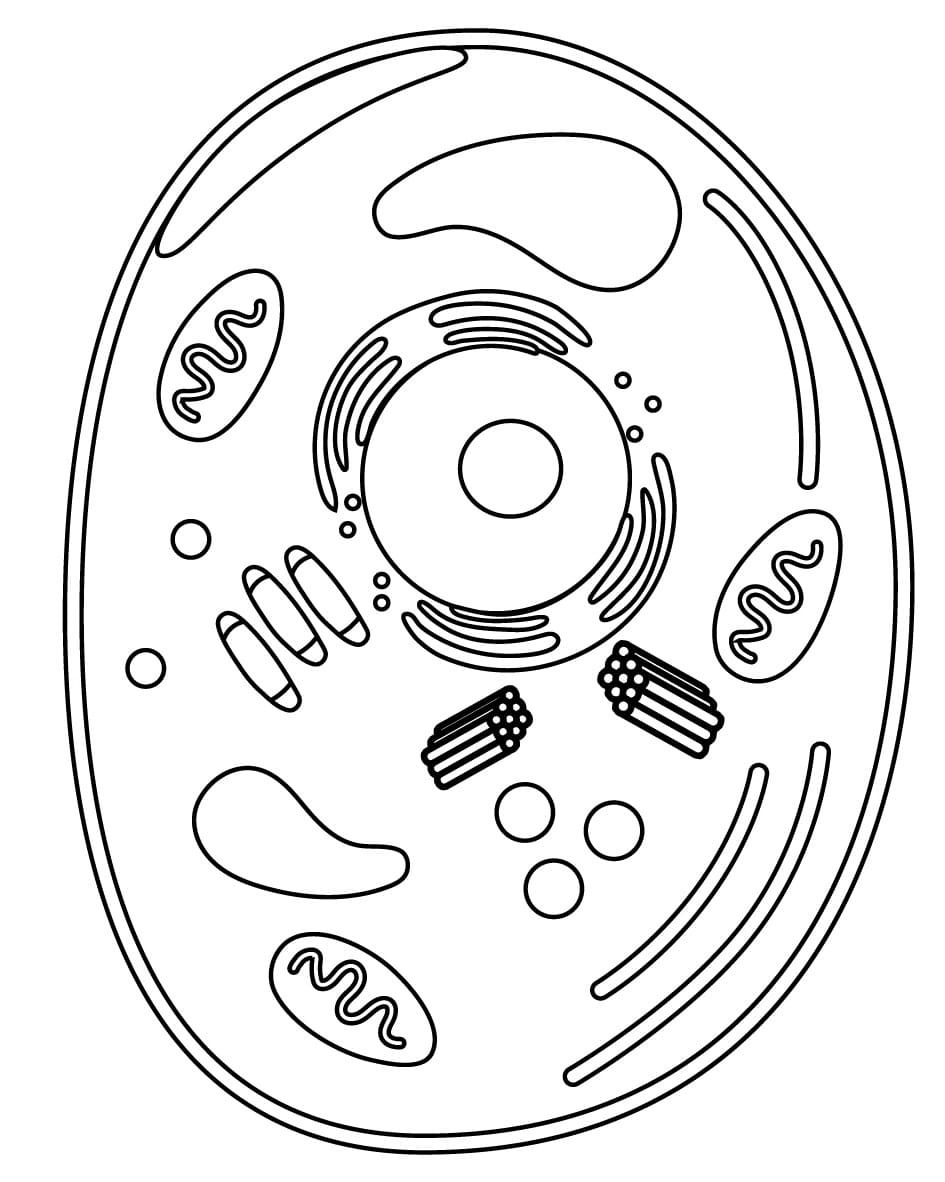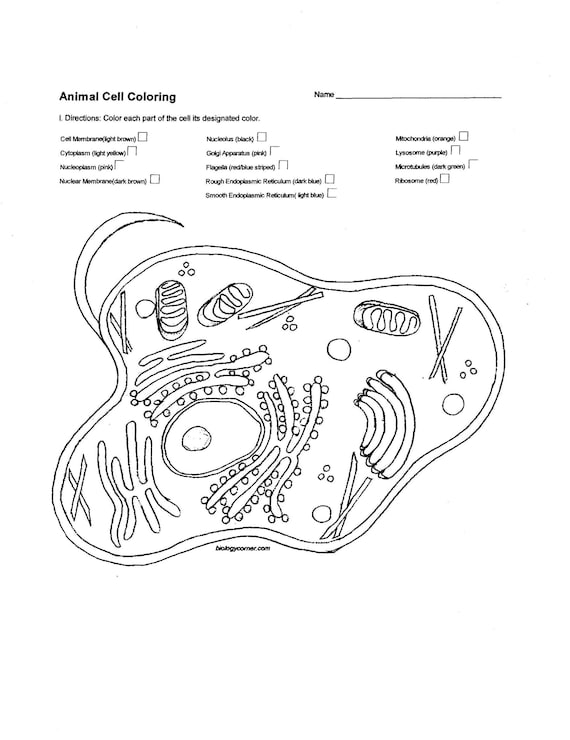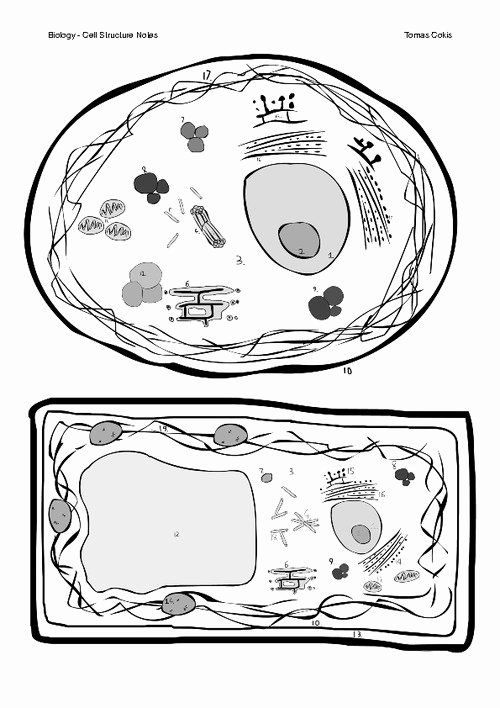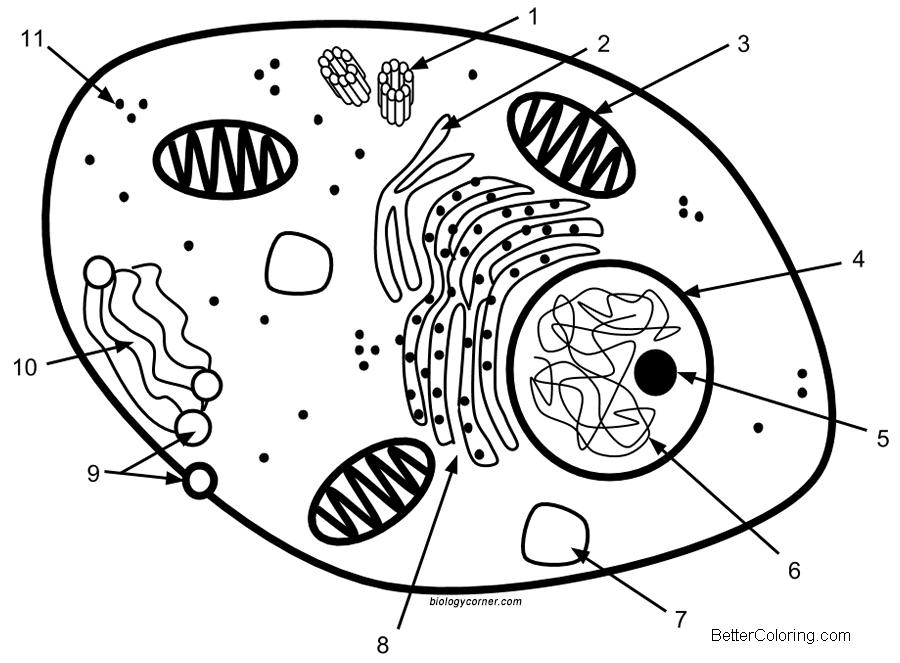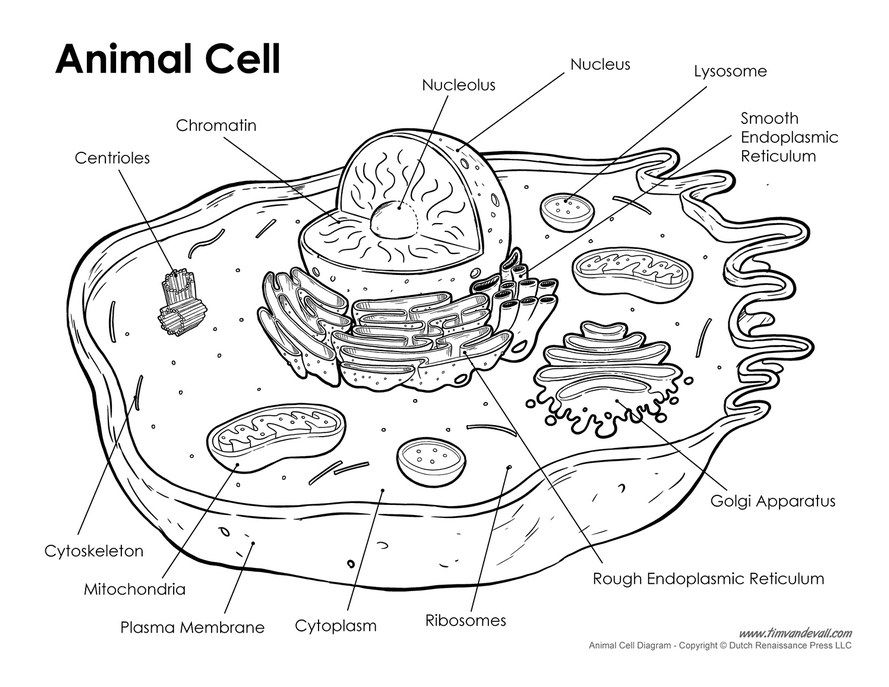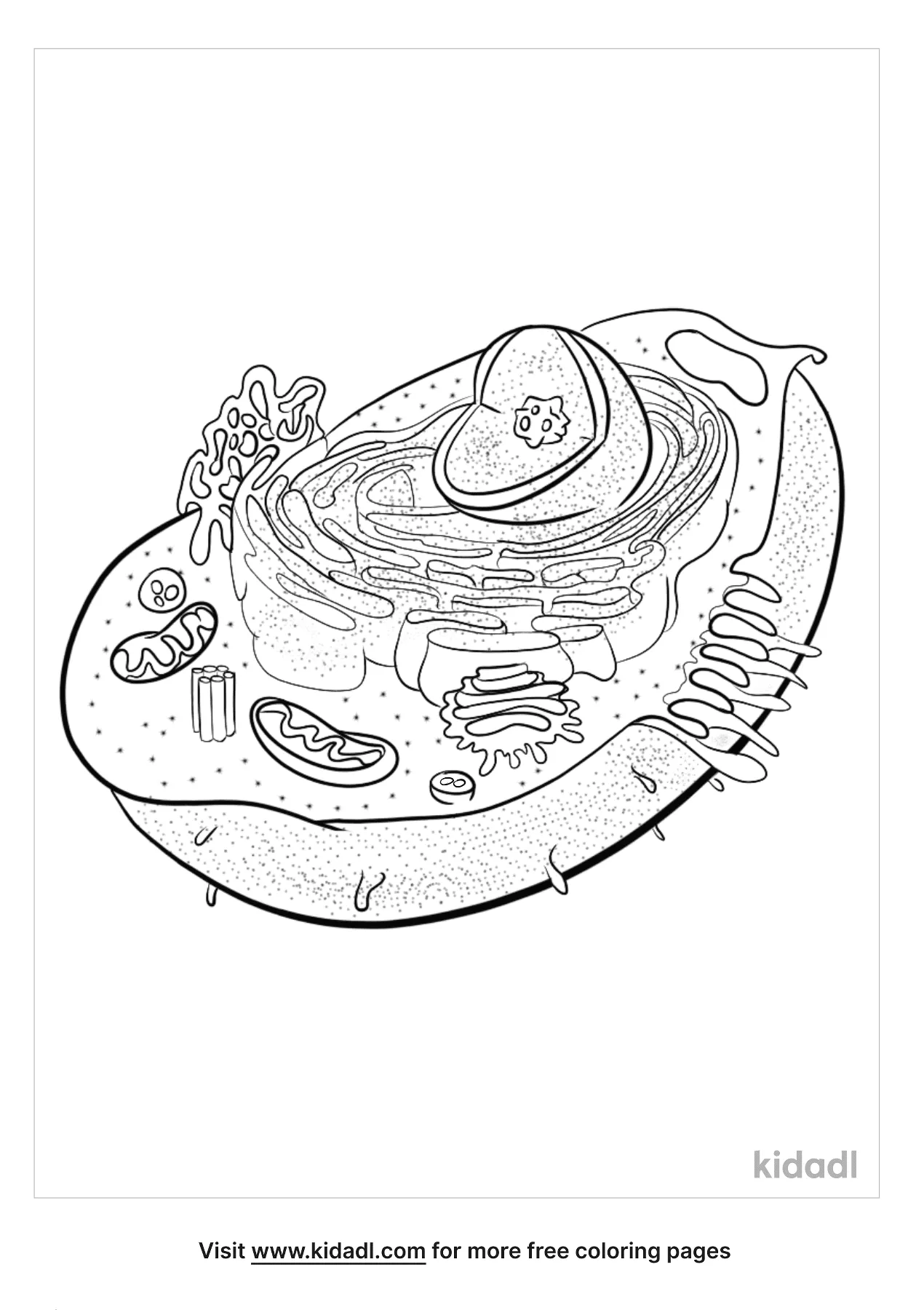Coloring cells, also known as chromatophores, are specialized cells that produce and store pigments, giving animals their vibrant colors and patterns. These cells play a crucial role in communication, camouflage, and mate selection. In this article, we’ll explore 10 fascinating animal coloring cells, delving into their unique characteristics and the remarkable diversity of colors they create.
1. Melanocytes: The Masters of Black and Brown
Melanocytes are the most common type of coloring cell, producing the dark pigments melanin and eumelanin. These pigments are responsible for the black, brown, and gray colors seen in animals such as humans, mice, and birds. Melanocytes can also regulate the amount of melanin they produce, allowing for changes in skin color, such as tanning in humans.

2. Erythrophores: The Red and Orange Hues
Erythrophores contain red or orange pigments called pteridines or carotenoids. These cells are found in animals such as goldfish, parrots, and some species of frogs. Erythrophores play a role in attracting mates and warning predators of potential danger.
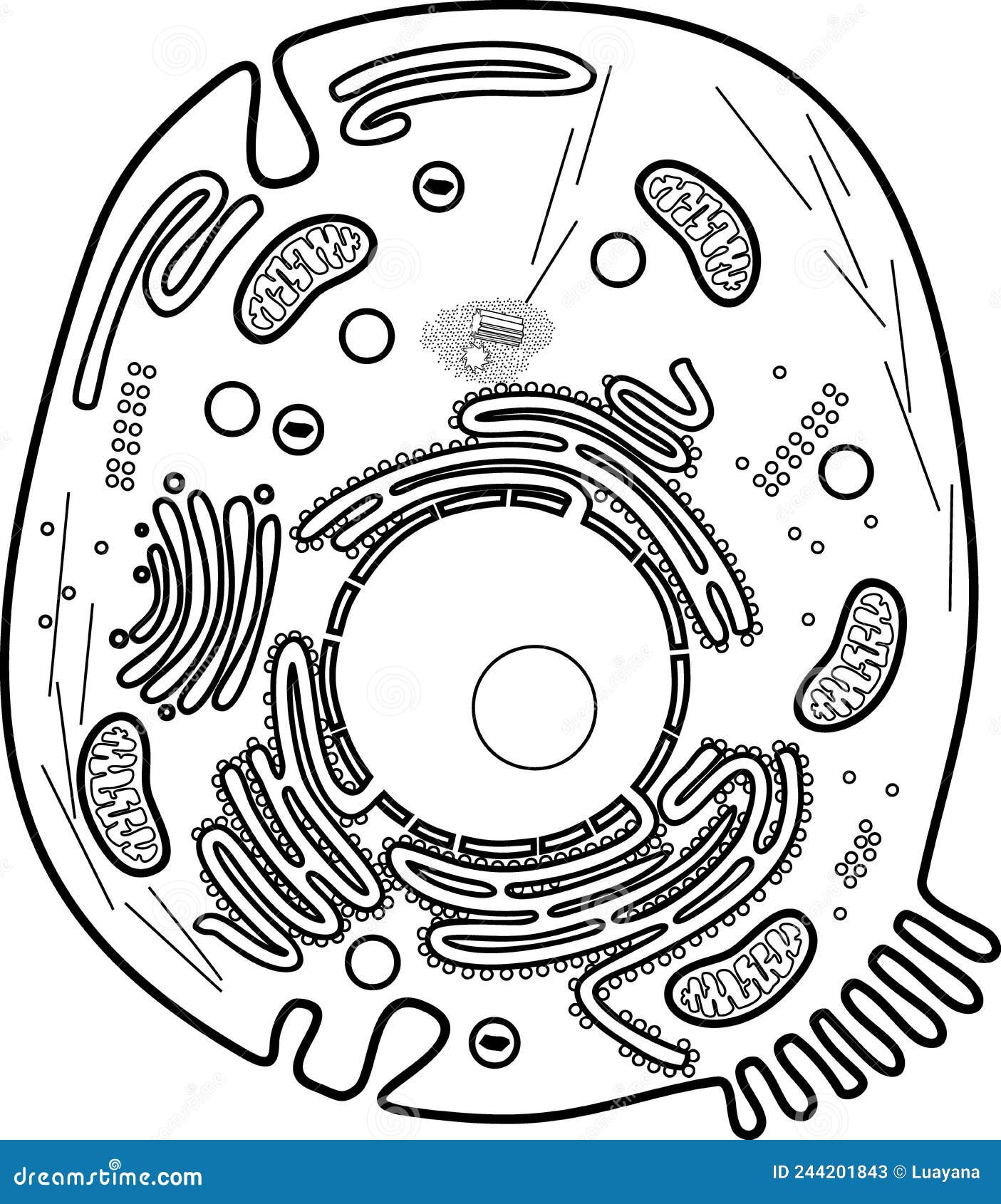
3. Xanthophores: The Yellow and Cream Colors
Xanthophores produce yellow or cream pigments called pteridines or carotenoids. These cells are found in animals such as frogs, lizards, and butterflies. Xanthophores often work in conjunction with erythrophores to create a wider range of colors.

4. Iridophores: The Shimmering Blues and Greens
Iridophores contain reflective crystals that scatter light, creating iridescent colors such as blue, green, and silver. These cells are found in animals such as butterflies, beetles, and some species of fish. Iridophores play a role in camouflage, communication, and mate selection.
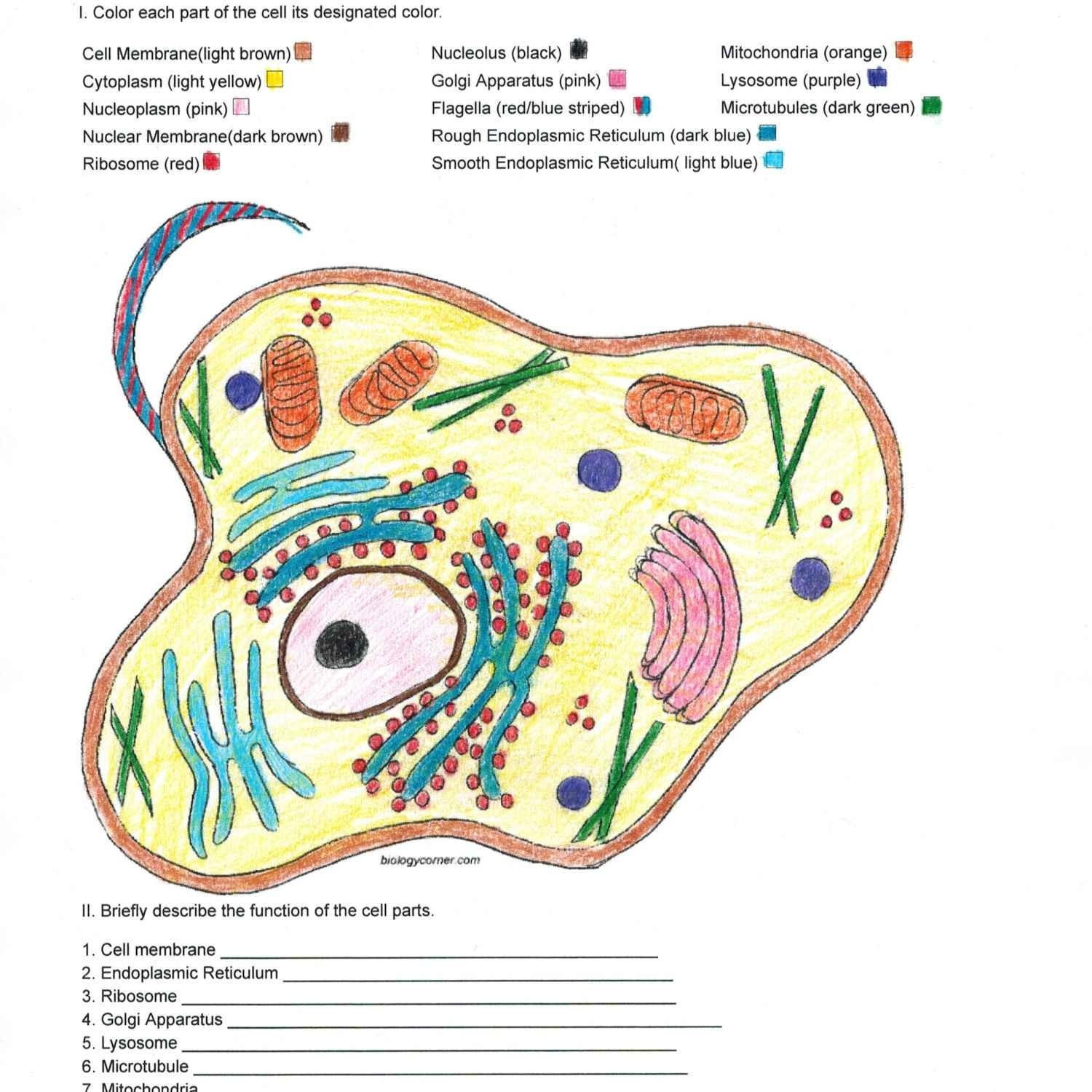
5. Guanophores: The Silvery and White Shades
Guanophores contain reflective crystals that scatter light in a different way than iridophores, producing silvery or white colors. These cells are found in animals such as fish, squid, and some species of reptiles. Guanophores play a role in camouflage and communication.
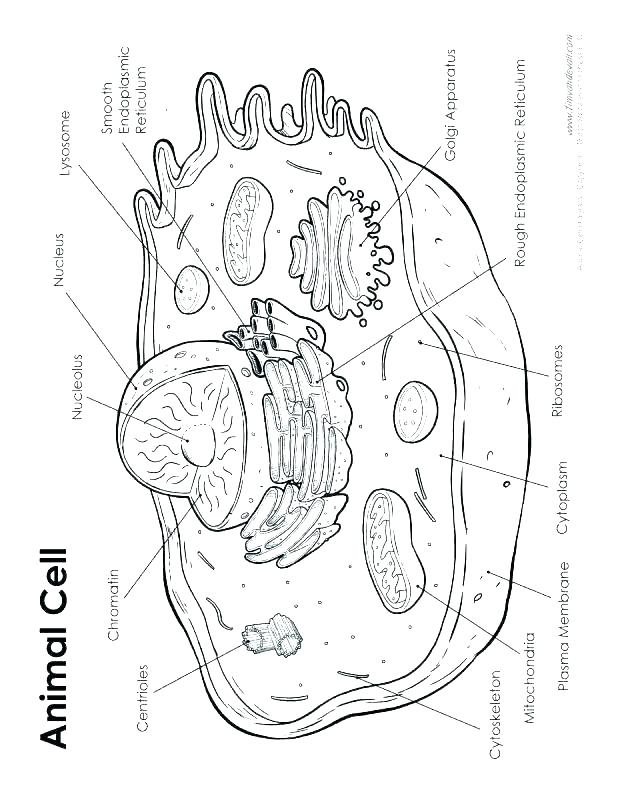
6. Leukophores: The Absence of Color
Leukophores are cells that do not contain any pigments. Instead, they scatter light, creating a white or translucent appearance. These cells are found in animals such as polar bears, white rabbits, and some species of fish. Leukophores play a role in camouflage and temperature regulation.
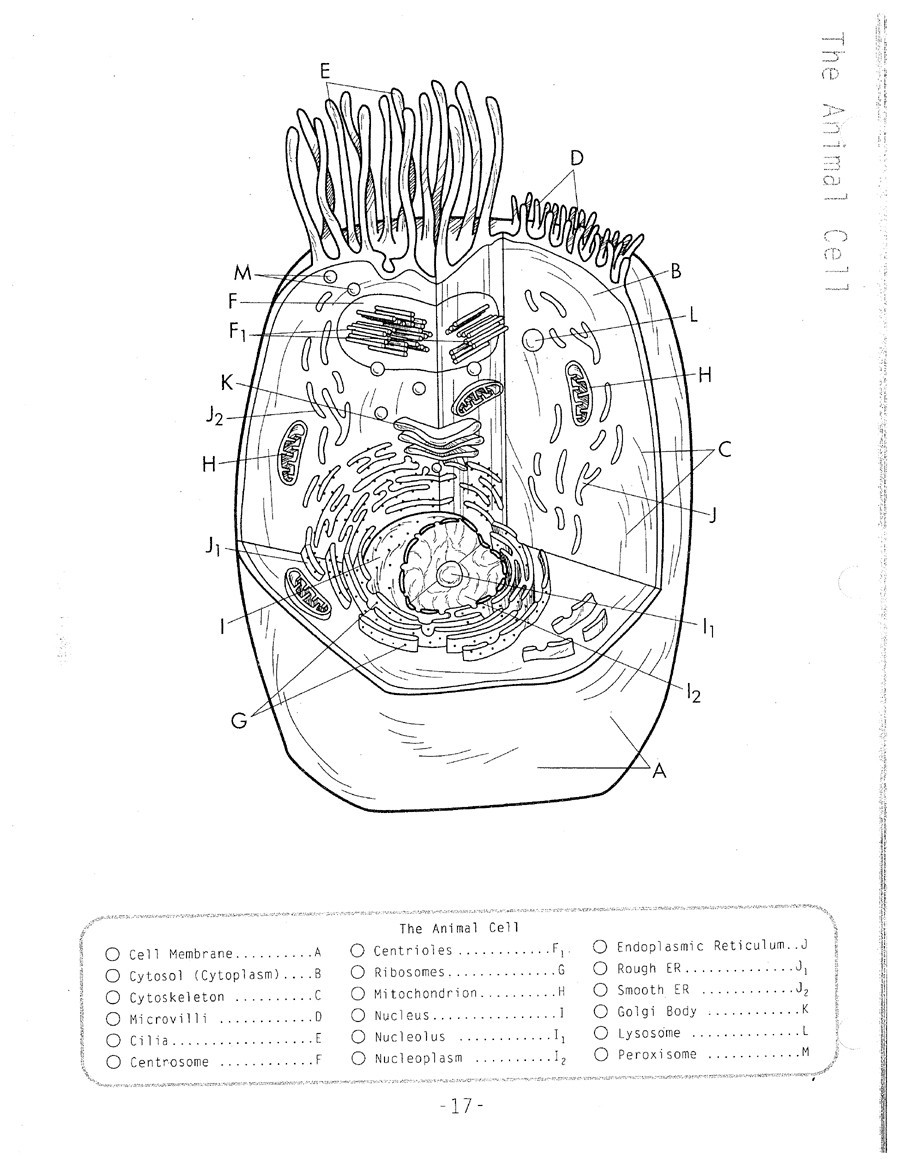
7. Chromolipoids: The Yellow and Orange Hues in Birds
Chromolipoids are lipid-based pigments that produce yellow or orange colors. These cells are found in the feathers of birds, giving them their vibrant plumage. Chromolipoids are also found in some species of fish and reptiles.

8. Turacin: The Red and Green Hues in Birds
Turacin is a unique pigment found in the feathers of some species of birds, such as the turaco. This pigment produces red or green colors and is not found in any other animals. Turacin is believed to have antioxidant properties and may play a role in protecting the birds from predators.

9. Papillae: The Structural Colors in Butterflies
Papillae are tiny scales on the wings of butterflies that create structural colors. These colors are produced by the way light interacts with the shape and arrangement of the papillae. Structural colors are often iridescent and can change depending on the viewing angle.

10. Photocytes: The Bioluminescent Colors in Deep-Sea Animals
Photocytes are cells that produce light through a chemical reaction called bioluminescence. These cells are found in deep-sea animals such as jellyfish, anglerfish, and some species of squid. Bioluminescence is used for communication, attracting prey, and deterring predators.

Design Variations and Building Insights
The diversity of animal coloring cells allows for a vast array of colors and patterns in the animal kingdom. These cells can be arranged in different ways to create complex and intricate designs. For example, the iridescent colors of butterflies are created by the precise arrangement of papillae on their wings.
Understanding the design variations of animal coloring cells can provide insights into building new materials and technologies. For example, the reflective properties of iridophores have inspired the development of new types of optical coatings and sensors. The bioluminescent properties of photocytes have inspired the development of new lighting systems and medical imaging techniques.
Other ideas you might like
